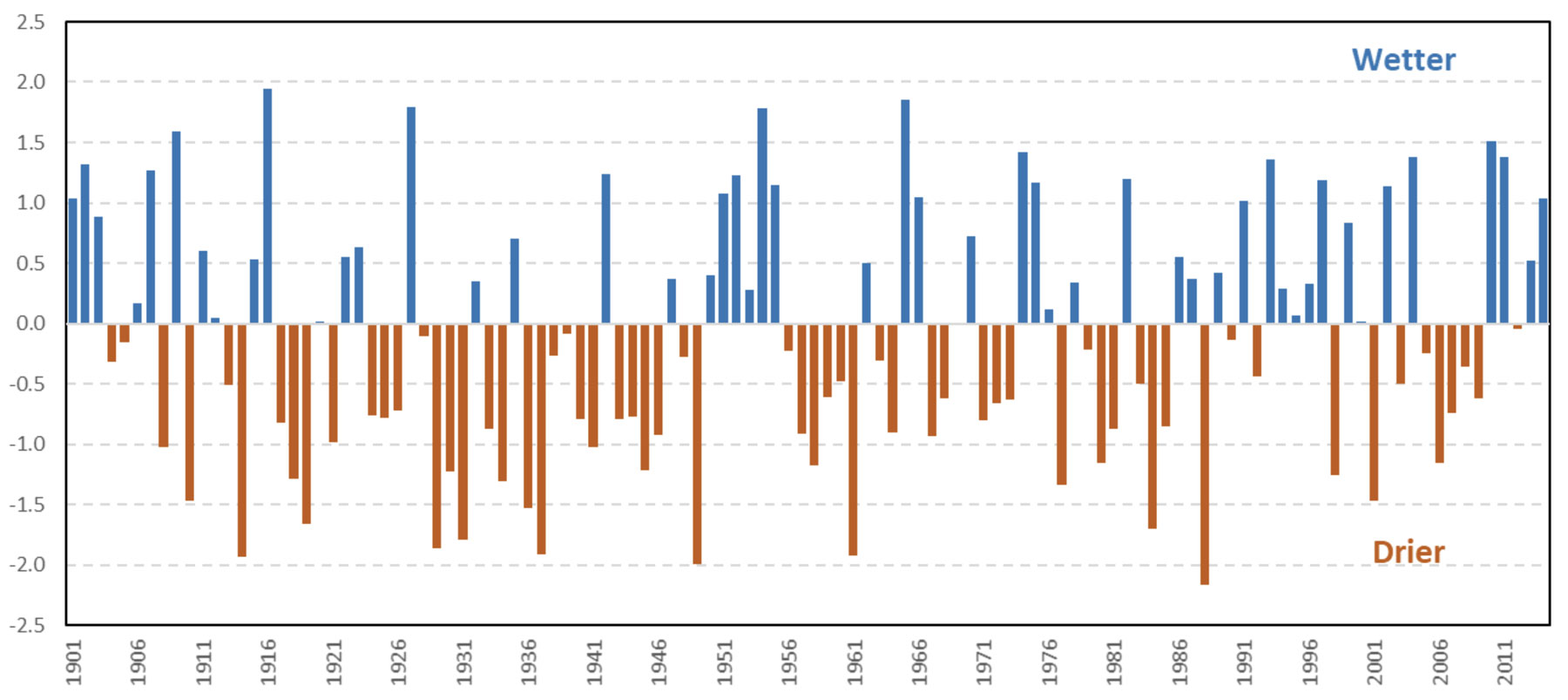Originally posted by AlbertaFarmer5
View Post
"What are the Future Possible Drought Threats?
A general increasing risk of drought is expected with a warming climate for the southern Canadian prairies, despite projected increases in precipitation in some areas and seasons9. More intense and larger area droughts with increased variability are projected9,10,11,12,13. Increased drying trends are documented, especially for the Prairies, that become more dominant during the 2050s (Figures 3 and 4) and with higher emission scenarios because of higher temperatures and longer warm seasons. The severe infamous droughts of the “dirty 30sâ€, early 1960s, 1980s and early 2000s may pale in comparison with future droughts."

Comment